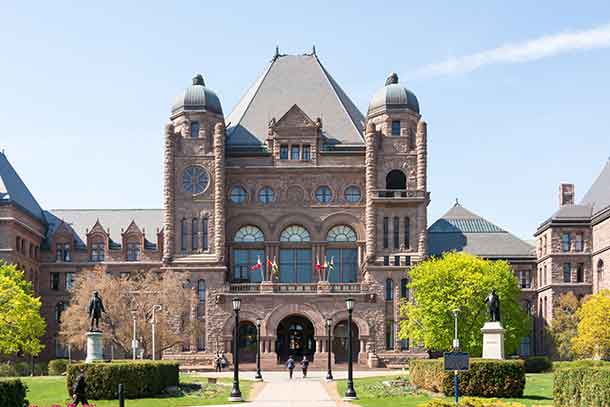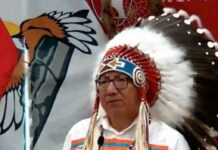

Statement by Ministers of Indigenous Relations and Reconciliation, Health and Long-Term Care and Children and Youth Services
QUEEN’S PARK – The Ministers of Indigenous Relations and Reconciliation, Health and Long-Term Care and Children and Youth Services issued the following statement regarding the province’s response to First Nation youth suicides in Northern Ontario:
“The youth suicide crisis in northern First Nations communities is nothing short of a health and social emergency that requires the immediate and unwavering attention of all levels of government and the public. To the families and loved ones of those who have lost their lives, and to all Indigenous communities grappling with youth suicides, intergenerational trauma and other legacies of colonization including residential schools, we offer our deepest condolences.
Over the last several months, Ontario has worked with Indigenous partners across Northern Ontario, as well as the federal government, to implement a new Interim Social Emergencies Response Protocol with the goal of delivering faster, more efficient assistance when crises occur.
Additional actions being provided in coordination with First Nations communities include:
● Developing a robust safety strategy for First Nations students attending school in Thunder Bay.
● Sending 20 mental health counsellors to Pikangikum First Nation to help the community meet its immediate health crisis at a cost of approximately $1.6 million.
● Sending four additional mental health counsellors for Wapekeka First Nation at a cost of $200,000.
● Providing more than $200,000 in funding to Wapekeka and Nibinamik for emergency supplies and youth supports.
● Provided additional crisis funding of $1.2 million for a total of $5 million to support crisis in the north through the Aboriginal Healing and Wellness strategy. A total of $25.7 million is invested by MCSS annually to support mental health and other wellness services in northern communities.
● Provided more than $480,000 in funding to increase the capacity of Thunder Bay Regional Health Sciences Centre’s Child & Adolescent Mental Health Services Unit to improve its ability to provide high quality and timely access to mental health supports for northern First Nations youth.
Today, Ontario is also establishing a new Indigenous Youth and Community Wellness Secretariat to work closely with Indigenous partners, including Nishnawbe Aski Nation, and the federal government to ensure efficient and effective coordination of efforts and resources to address this crisis.
The Secretariat will also work with partners to ensure Indigenous students who attend school away from their home communities this September feel safe. In recent months, young people have been the victims of racism and violence. Parents need assurances that their children will be safe while attending school away from their home communities. This work will also include the development of alternatives for parents and students to receive their education closer to home.
We can and must do more.
Ontario is committed to providing immediate support to First Nations in crisis. However, we feel strongly that emergencies will continue to occur and intensify unless meaningful and dramatic realignment and transformation happens to change the status quo and address the systemic disparities facing Indigenous communities, particularly in northern First Nations. It is not up to First Nations to right the wrongs of colonization. Governments must invest in meaningful and lasting Indigenous-led solutions so communities can heal and young people can have hope for a brighter future.
We look forward to meeting with the federal government and Nishnawbe Aski Nation this afternoon to discuss how we can take action, together, towards the transformation of our healthcare system and beyond into an Indigenous-led, culturally appropriate, outcomes-centered system.”






